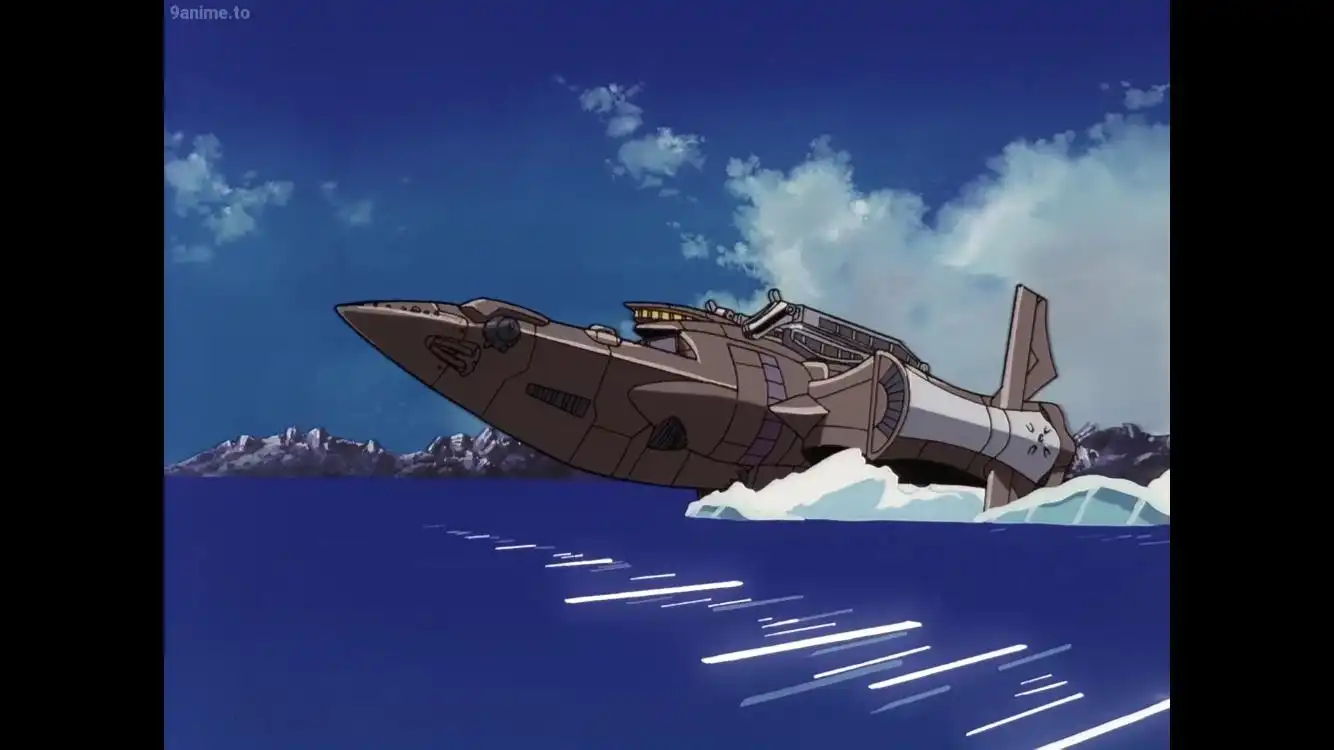Cowboy Bebop: Defying Expectations and Redefining Genre
A review of the anime TV series, Cowboy Bebop.
Cowboy Bebop is an anime television show with two manga installments and a single movie. Here I will be reviewing the television show, specifically the English dub from 1999. Cowboy Bebop is set in a dystopian 2071 fraught with criminals and greedy corporations. This dangerous future is reminiscent of the setting of the Ridley Scott’s 1982 cult classic Blade Runner. There is an interplanetary police agency known as the I.S.S.P., but bounty hunters, also known as cowboys, are the ones who handle the most dangerous fugitives. Cowboy Bebop follows two bounty hunters, Jet and Spike, on their various pursuits.

The spaceship ‘Bebop’
Sunrise 1999/Bandai Visual (on IMDB)
In passing, I watched a video where Cowboy Bebop was mentioned. The art style, the music, and the voice acting in the clip that was shown intrigued me. Curious, I decided to purchase the entirety of the series, of which there were only twenty-six episodes.
I began my viewing with quite a large amount of skepticism. Out of what I can only describe as a bout of ignorance, I discounted the entirety of the genre of anime. This may have been a result of my upbringing with limited exposure outside traditional American cartoons, or maybe my lack of knowledge regarding the Japanese culture and language, or maybe even a justified quarrel with anime’s tendency as a genre to depict women in a less than satisfactory light.
With these prejudices in mind, I began to watch Cowboy Bebop. Everything from the story to the soundtrack immediately hooked me. There is a phrase that passes around film circles: “every frame a painting,” meaning that if someone were to pause your show at any point what would be left there could be regarded as art, in the sense that everything in it is purposeful. This is quite a feat with any film, but it would not be a stretch to say every single frame of animation in Cowboy Bebop is a work of art. Shinchiro Wantanabe, the film director, and the staff at Bandai Visual masterfully and purposefully created this series. This meticulous care is especially evident in the soundtrack. The Seatbelts, led by composer and instrumentalist Yoko Kanno, did most of the music for the television series. This original soundtrack is extremely varied in genre, but not in quality. Every piece fits its scene immaculately and provides another way for the viewer to be completely entranced within the world of Cowboy Bebop.

Main Characters Spike, Jet, Faye, Edward, and Ein (from left to right)
Sunrise 1999/Bandai Visual (on IMDB)
Westerns, cyberpunk, science fiction, film noir, crime drama, comedy, anime, and cartoon these sound like distinct genres of film, right? Well, if you asked me before I watched Cowboy Bebop, I would have agreed. But after, they all just sound like Cowboy Bebop. The show and Wantanabe wanted to do away with traditional notions of genre. If you pay close attention to the opening credits and some transition cards, you will see this text: “The bounty hunters, who are gathering in the spaceship ‘BEBOP’, will play freely without fear of risky things. They must create new dreams and films by breaking traditional styles. The work, which becomes a new genre itself, will be called... COWBOY BEBOP.” This is exactly what Cowboy Bebop is to me, a genre-bending masterpiece.
Cowboy Bebop is just one example of how a simple decision to accept something with an open mind can bring with it unforgettable experiences. I could have chosen to listen to my prejudices and never would have experienced this, but I didn’t and was rewarded. I implore you not only to see if Cowboy Bebop is something you’d like, but to break down your prejudices and preconceived notions just once and see if the payoff is worth it. As the saying goes “never judge a book by its cover.”
This article was written by William Howard. Please send an email to managing@oncenturyavenue.com to get in touch. Photo Credit: IMDB